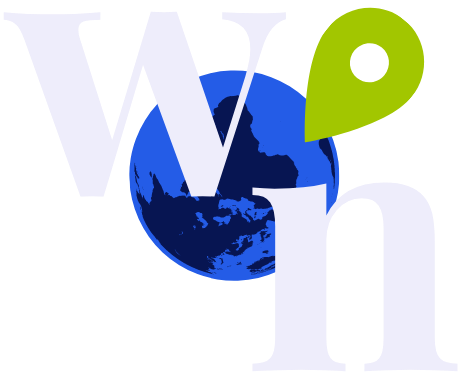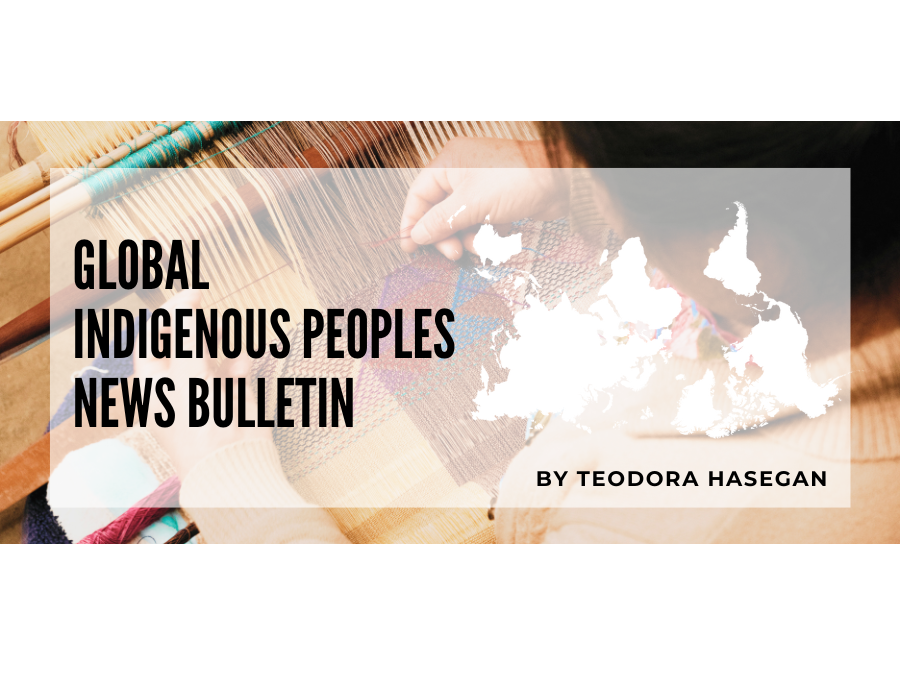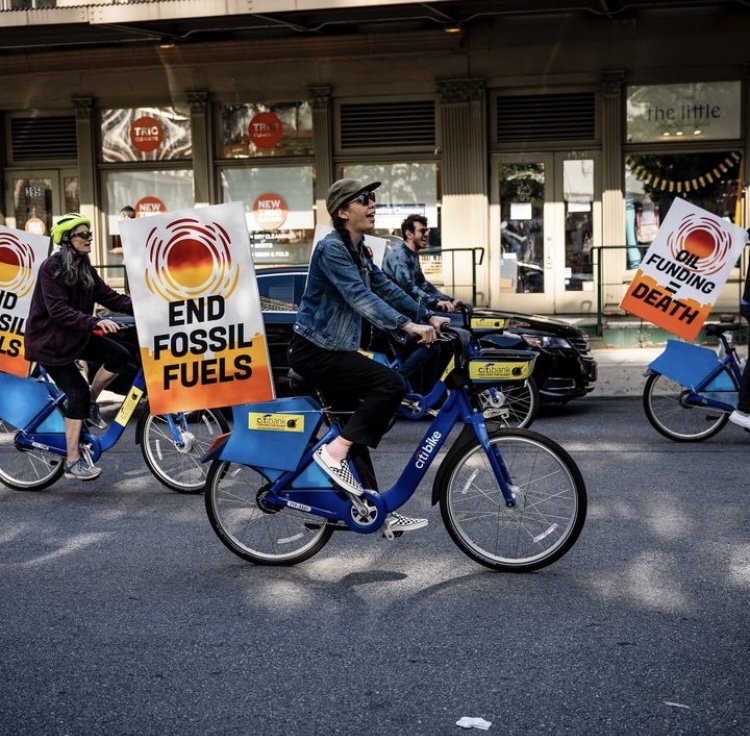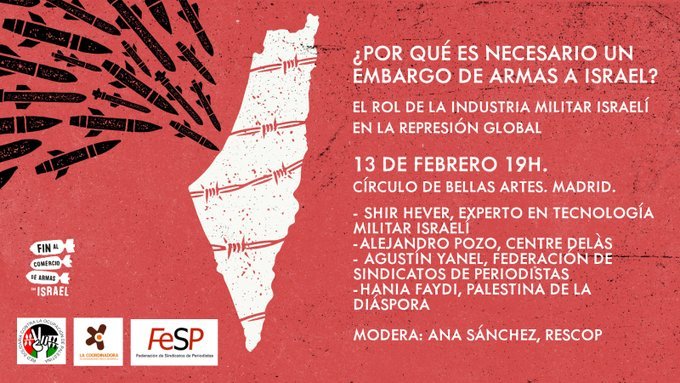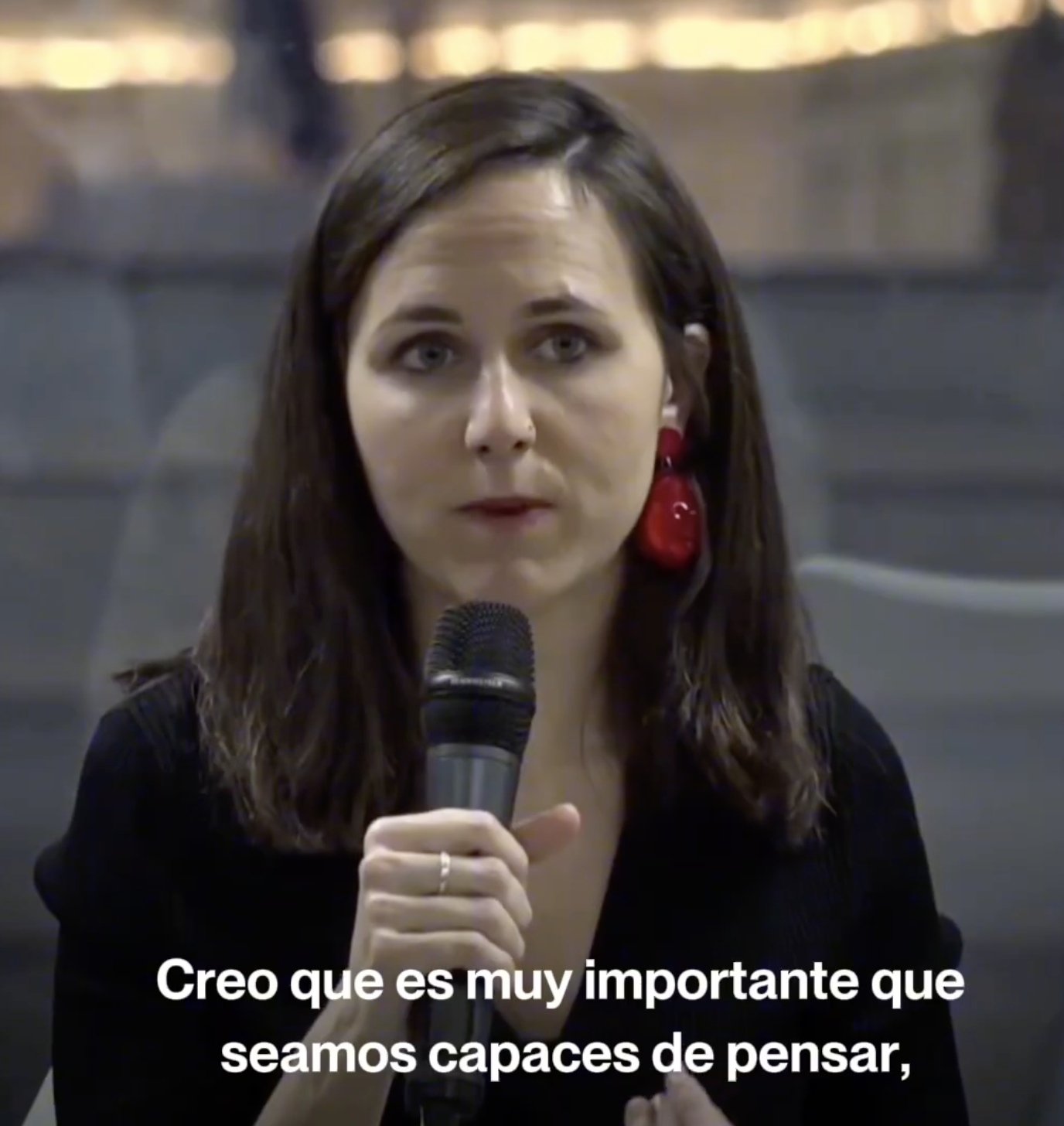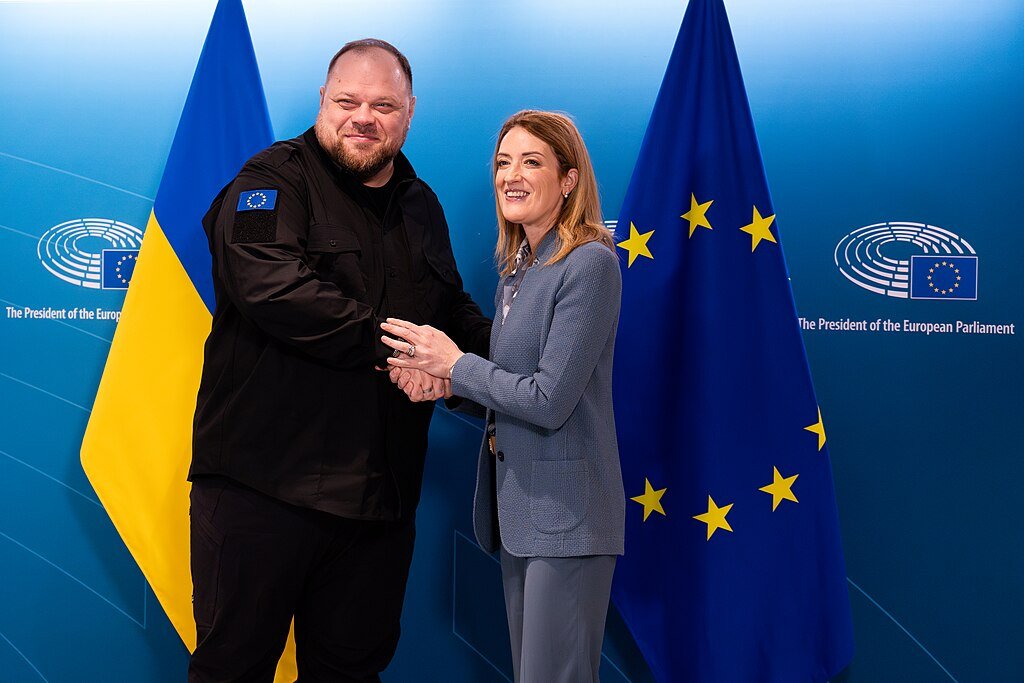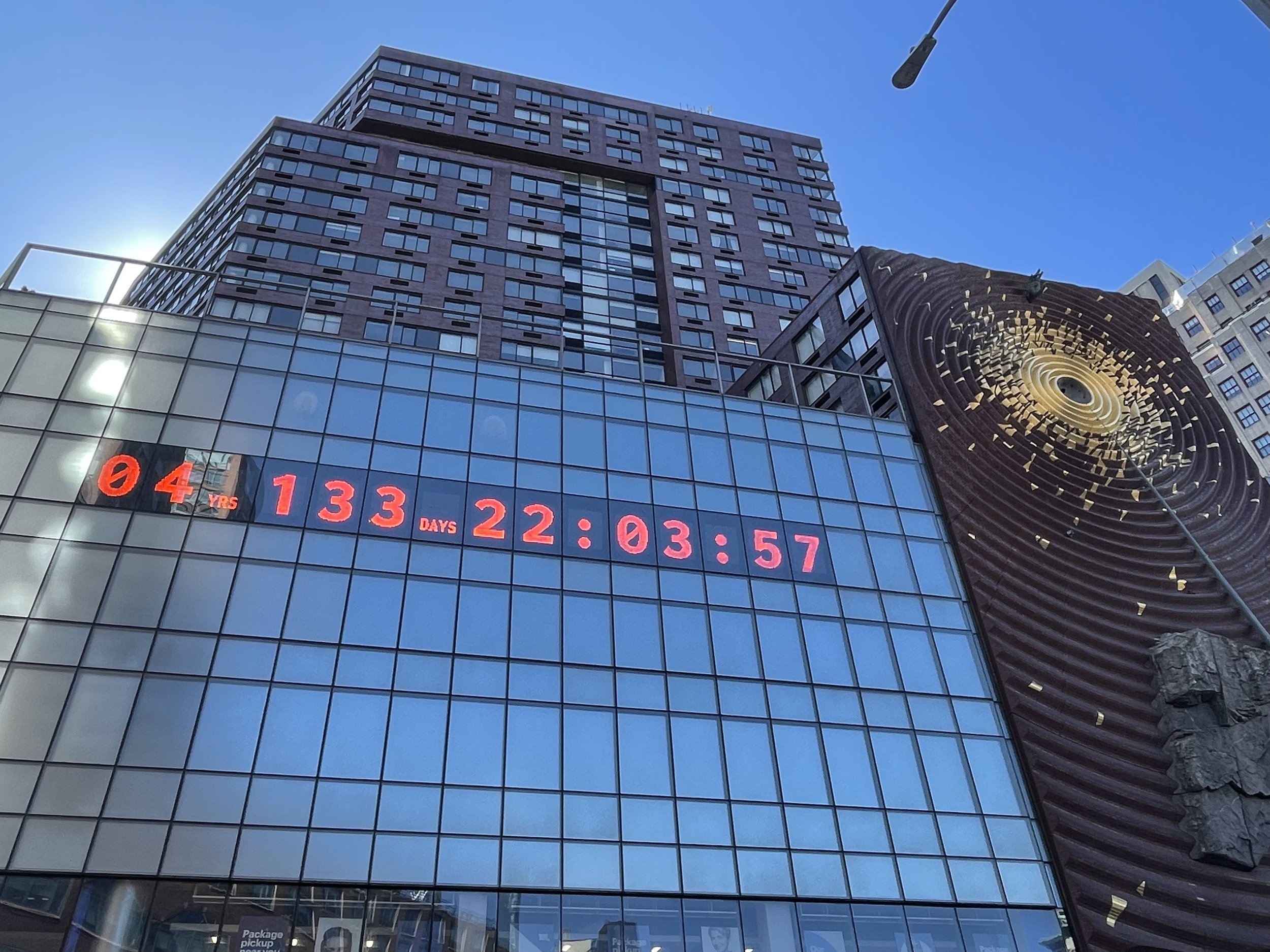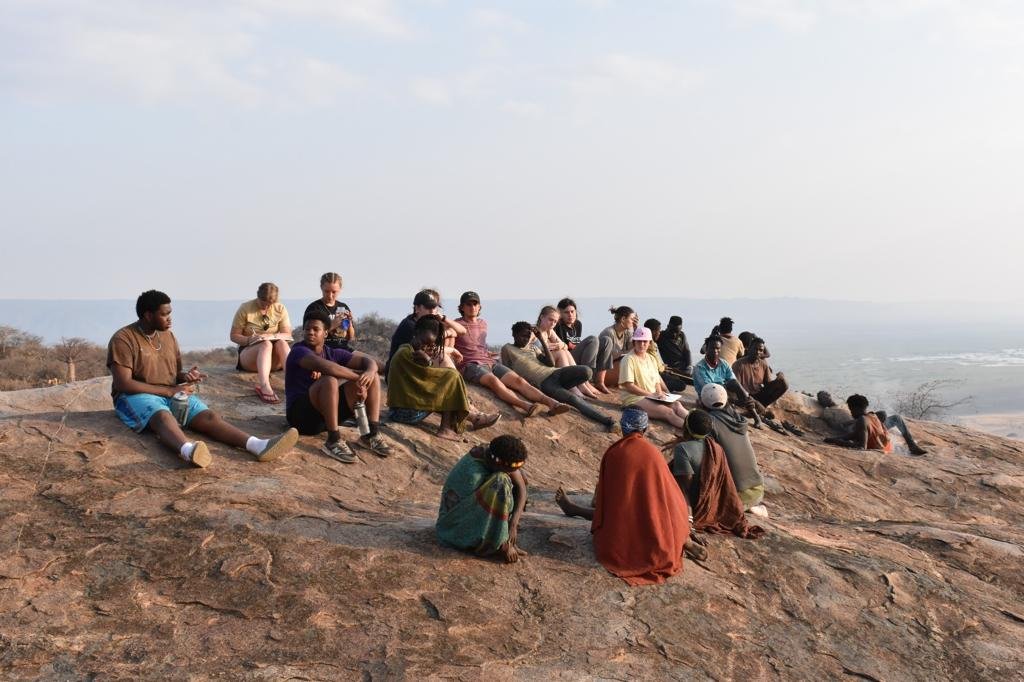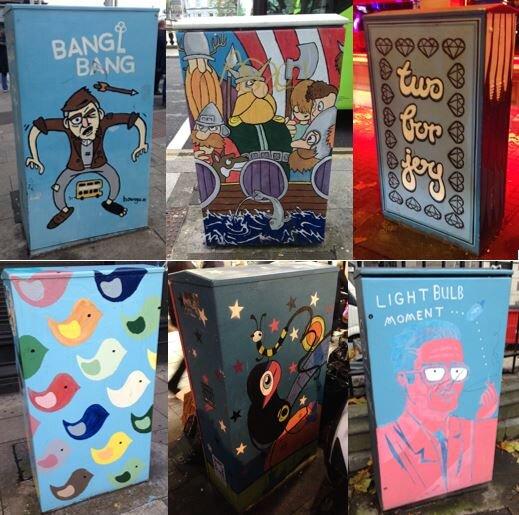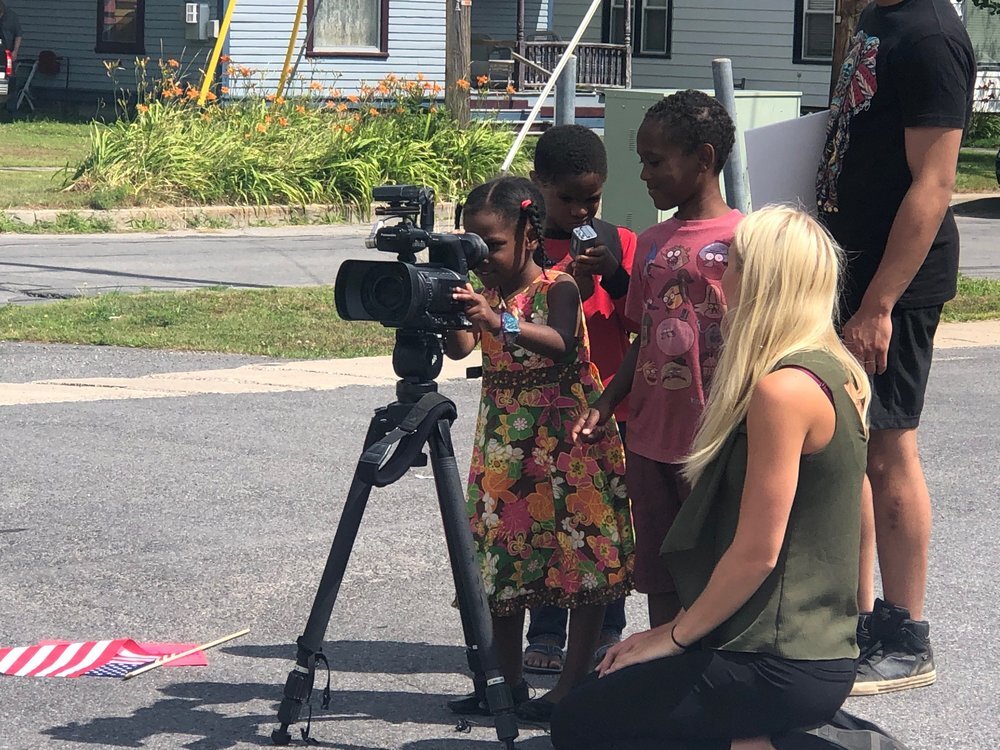
Stories
News

Analysis
Voices
Podcast
Announcements
Events
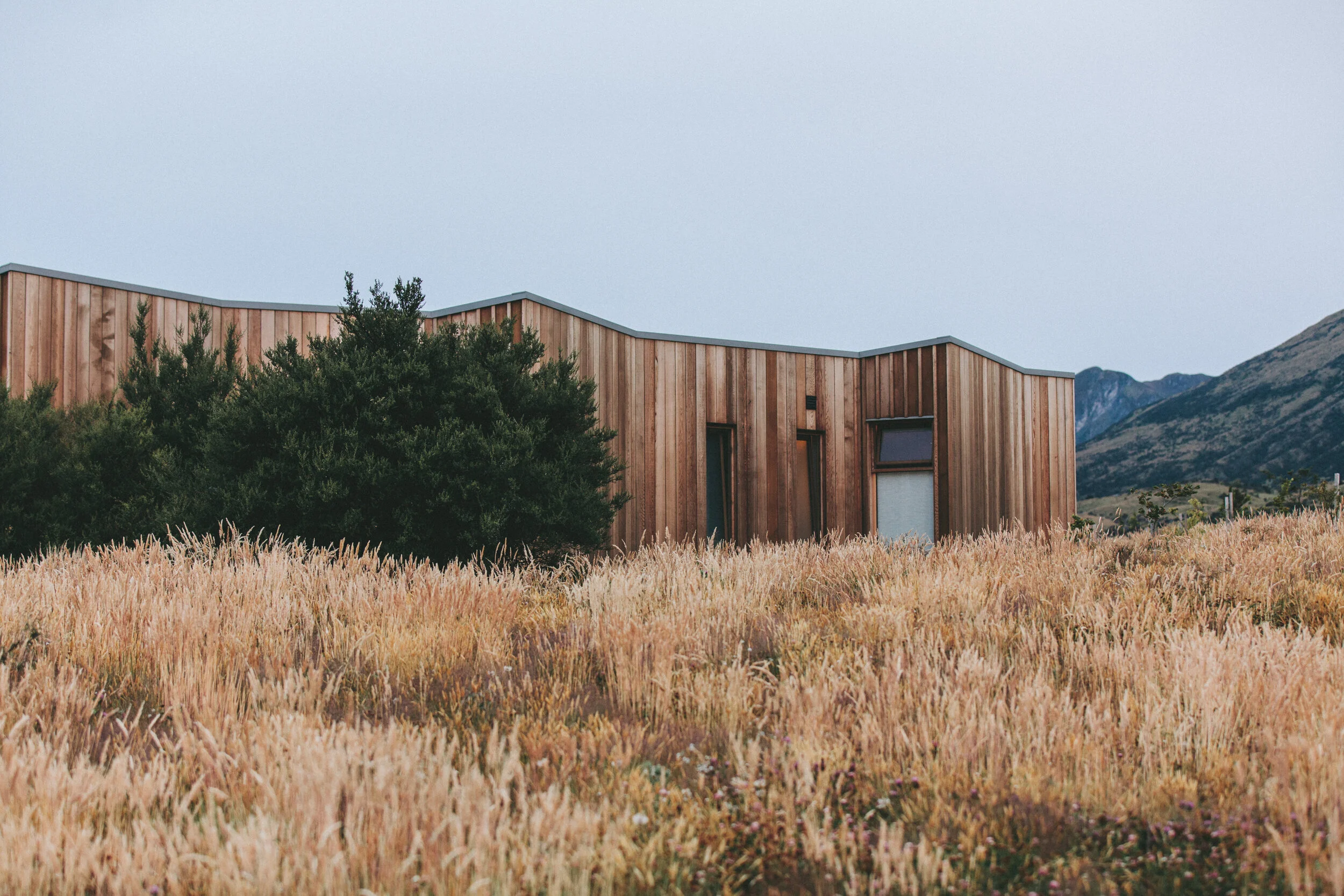
All Stories
Jim Crow on Campus, Episode 3: “Dashawn and Andre”
By Erin Corbine
Investigative reporter Erin Corbine uncovers the story of Dashawn and Andre in episode 3 of Jim Crow on Campus. In the episode, rising sophomore Dashawn and SUNY Canton alum/former employee Andre, recount an experience with University Police that started with a haircut, but ended with two young men of color in handcuffs.
'Casa Nostra Casa Vostra': Supporting Immigrants and Coexistence in Catalonia
By William Hunt
At a time when the Trump administration's anti-immigrant rhetoric and actions are capturing most of the oxygen in the U.S. news ecosystem, Weave News contributor William Hunt calls our attention to a very different dynamic: the strong pro-immigrant feeling that is increasingly visible in Catalonia.
Dissecting Boston III: Recipe for Dissection
By Tzintzun Aguilar-Izzo
As part of our ongoing Weaving the Streets project, Tzintzun Aguilar-Izzo describes his personal recipe for dissecting the borders of "American Identity" and the tools others need to join this artistic/activist process.
Dissecting Boston II: Lines of Complicity
By Tzintzun Aguilar-Izzo
In his second post for our Weaving the Streets project, Tzintzun Aguilar-Izzo describes a firsthand account of one of his recent invasion “The Great Boston Wall of Gentrification,” contextualizing his act of resistance.
Border Film Week 2017: How Will You Use Your Mobility?
By Savannah Crowley
As part of our ongoing Weaving the Streets project, Weave News correspondent Savannah Crowley checks in from San Diego, CA, which recently co-hosted the 2017 Border Film Festival. For more of her work, check out her earlier post, “Get Up Offa That Thing!” Showing Up for Justice in San Diego.
Weaving the Street Art of Amman
By Bridget Ireland
In her fourth post for our Weaving the Streets project, Bridget Ireland reflects on the emerging street art scene she encountered in Amman, Jordan, from innocuous and easily-ignored graffiti to celebrated and officially-sanctioned public art.
Buffalo: Blood on Your Hands
By Steve Peraza
My name is Steve Peraza, and I am an unarmed black man who lives in Buffalo, New York. Until recently city leaders promised that I had nothing to fear from police. The proof? No one had died in police custody. All that changed on Tuesday night.
Dissecting Boston: Episode 1
By Tzintzun Aguilar-Izzo
In his latest post for our Weaving the Streets project, Tzintzun Aguilar-Izzo introduces his new blog “Dissecting Boston: Weaving Together the Borderlines of American Identity” and the artistic activism soon to come.
Jim Crow on Campus, Episode 2: "Ashley"
By Erin Corbine
In this episode of Jim Crow on Campus, reporter Erin Corbine sits down with “Ashley.” Ashley, who’s using an alias out of fear of retaliation from police and the administration, is a senior at SUNY Canton. She sheds light on her experiences involving University Police. In this episode, we gain insight into the officers’ strategic circumvention of the Fourth Amendment - the freedom from unreasonable search and seizure.
Jim Crow on Campus, Episode 1: "Tyreek"
By Christian Exoo
In the first episode of the new Jim Crow on Campus podcast series, reporter Erin Corbine talks to student Tyreek Alicea about his experiences with the SUNY Canton police. We learn what additional powers SUNY Canton police have over students, how they use them, what a “module” is, and Tyreek’s tips for not attracting the attention of the cops.
Yarnbombing Galway for the Holidays!
By Darcy Best
In her latest post for our Weaving the Streets project, Darcy Best checks in from Galway, Ireland, with news of some creative street culture activity in the 2020 European Capital of Culture.
Happy post-holiday season, y’all! It’s hard to believe that the holidays have come and gone once again and that we are now in a whole new year. It’s especially hard for me to believe because that means that I first stepped foot in my new hometown, the adorable and bustling medieval city of Galway, Ireland, just over two months ago.
Weaving the Past and the Present in Beirut's Public Spaces
By Bridget Ireland
One of the best parts of studying in Jordan, a centrally located Middle Eastern country, is the ease of travel around the region. I was lucky enough to travel to Beirut, Lebanon, over a break in the semester at AMIDEAST to experience a new city and new culture. Beirut has significantly more street art than Amman at the moment, partly because of the consistent political turmoil and lack of stability in the government. Street art is a way to express political activism and culture, which Beirut is not lacking. Colorful word art and unique designs adorn the city, a way of distinguishing itself as an independent city.
Humor on Allston Streets
By Raina K. Puels
Since moving to Allston, Massachusetts, in September, I’ve been delighted by the use of public space for displays of humor. When I walk to the bank or the grocery store, I almost always see art or text on the street that makes me laugh. My amusement causes other passersby to look at what I’ve discovered, and then they start laughing, too. And that attracts even more people and more giggles and more chuckles. Community is built through the shared experience of this humor. Allston is notorious for being an area populated by college students, grad students, and young post-grads, so it’s natural that many people in my neighborhood have a similar cultural framework that begets a communal sense of humor.
Attention-Grabbing Language, Thought-Provoking Messages
By Raina K. Puels
Many days I’ve walked through Boston in a huff of negative emotion; fuming about the man who kindly complimented my leggings, then yelled “Nice ass!” when I walked away; beating myself up about not doing enough to advocate for the safety of my friends of color, my queer friends, my trans friends; frustrated and scared about the interest growing on both my undergrad and grad school loans. But then I see text out of the corner of my eye and I’m taken out of my own thought-spirals back to the present, back to the street.
The Changing Nature of the North Country Dairy Industry
By Julianne DeGuardi
As I have mentioned in previous posts, the dairy industry is an extremely lucrative component of New York State’s economy, especially in St. Lawrence County, which is the state’s second largest dairy producer. Within the last thirty years, however, the industry throughout the entire U.S. has undergone drastic changes that have reverberated throughout New York State in general and St. Lawrence Country in particular. In the late 1980s, New York began deregulating the dairy industry by eliminating New-Deal-era regulations that had protected local milk processors. Consequently the state has lost nearly two-thirds of its dairy farms since the 1980s and the ones that remain have expanded. In this post I provide an overview of these changes, all of which provide the context for an upcoming post that will feature the voices of North Country dairy farmers.
"Do It Arabic": Interacting with Palestine in Jordan
By Bridget Ireland
A very large part of Jordanian culture today is interwoven with the effects of the Palestinian-Israeli conflict. Jordan is a nation of about 10 million people, and almost 2 million are here as refugees from Palestine or descendants of these refugees. It is not abnormal to see the Palestinian flag flying alongside the Jordanian flag, and Palestinian food and dress are common. Many generations of families who live in Jordan identify as being Palestinian and speak of their roots. Tragically, it is rare for those living in Jordan to be able to return to their homeland or even visit relatives in Palestine as Israel controls the visa process. Part of a recent art exhibit at Darat Al-Funun named “Do It in Arabic” I attended helped to include visitors in the art as a way of conveying the realities of the Palestinian struggle.
Free Trade of Goods and People? The Macro Context of Mexico-US Migration
By Julianne DeGuardi
Migration is never an isolated phenomenon; it is always situated within a larger macro political-economic framework. Migration rates from Mexico to the US within the last 20 years must be examined within the context of the political-economic relationship between Mexico and the US from the late 1980s to the present. Although there has been a high demand for low wage migrant labor within the US, especially in the dairy industry, migration cannot solely be explained by the demand for labor in the destination country. Migratory trends are equally propelled by the political, social, and economic situation in the emitter country.
Why I'm Reclaiming My Asian Racial Identity in Trump's America
By Nicole Eigbrett
In the past week, people who identify as Women, Muslims, Disabled, LGBTQ+, Immigrants, Black, Asian, Latinx, and anyone else in between have faced a startling rise in hate threats, visual statements, and actual assault. Insanul Ahmed, a Brooklyn-based music editor, collected an ongoing Twitter list of racist accounts towards people of color in the first day following the election. The Southern Poverty Law Center launched a #ReportHate portal for citizens and witnesses to submit incidences of hateful harassment and intimidation. As of November 11, over 200 incidences were directly reported. That number is bound to rise. Not that these threats didn’t exist before, but the reactionary nature and hyper-visibility of these recent incidents are directly tied to the election of Trump.
Big Questions with Bay Area activists at the Media Freedom Summit
By John Collins
On October 21-22 I had the pleasure of attending the Media Freedom Summit held at Sonoma State University in celebration of the 40th anniversary of Project Censored. In addition to co-leading a workshop on "People's Videography and Citizen Journalism," at which I spoke on behalf of Weave News about our Big Questions and Holot: Crossroads of Global Violence projects, I was fortunate to be able to conduct Big Questions interviews with three inspiring activists: Deseriee McSwain, Ana Rivera, and Nadya Tannous.
Silent Voice from Holot: Episodes 16-17 (Video)
By Osman Mohamed Ali
In the latest installments of the Silent Voice from Holot video series, Ali describes the process through which asylum seekers are summoned to and eventually released from the Holot detention facility. In Episode 17 he narrates his own final day in Holot and explains the cyclical process through which released detainees are replaced with others.
